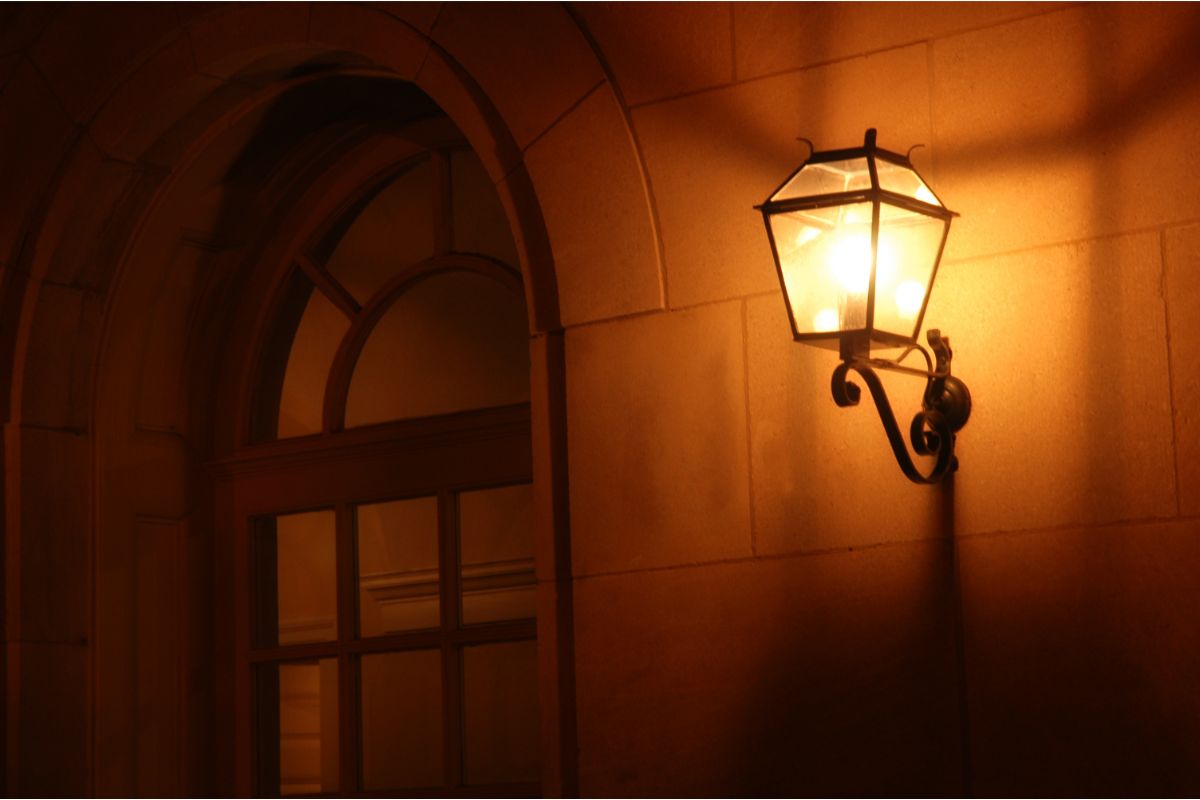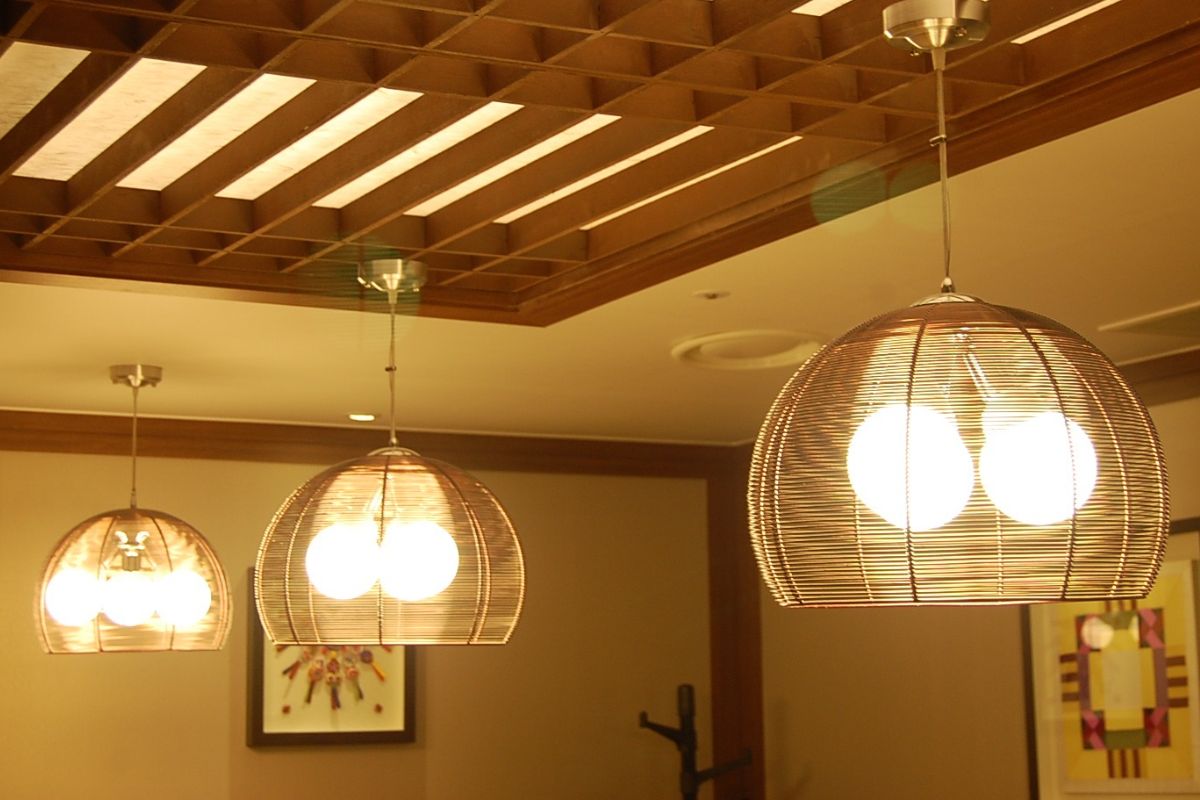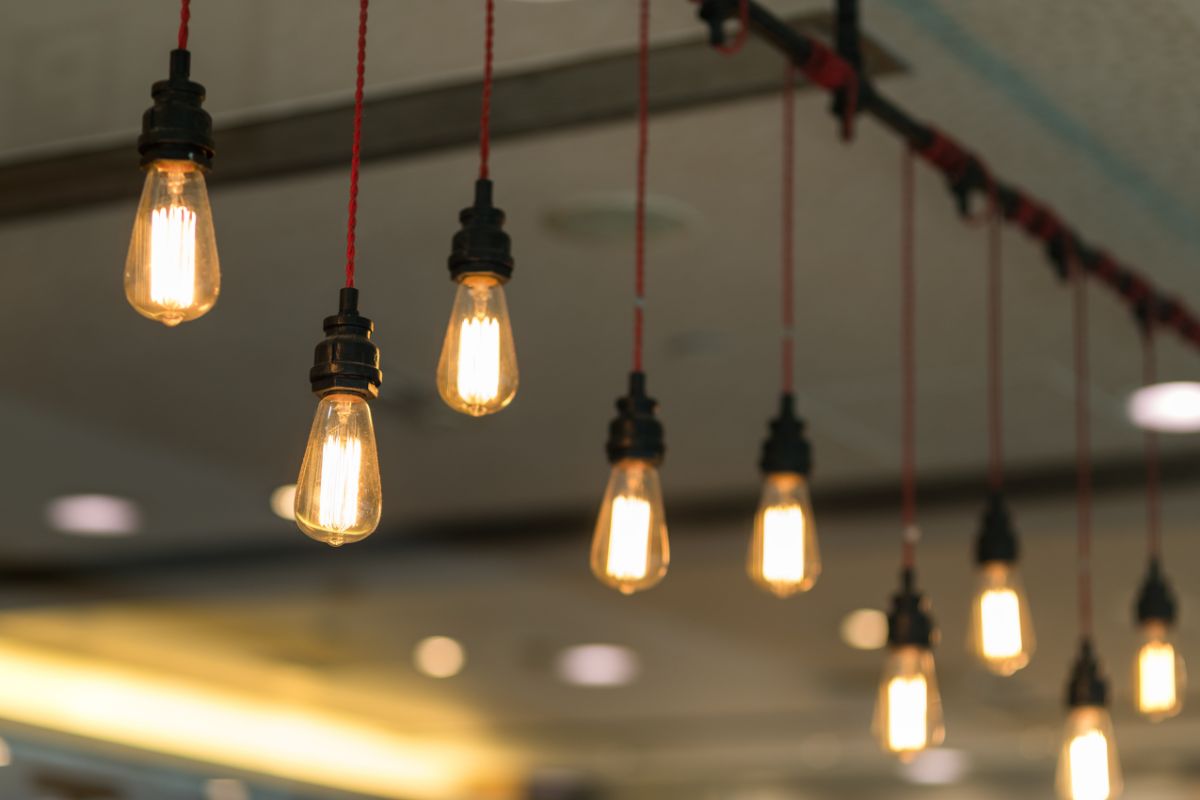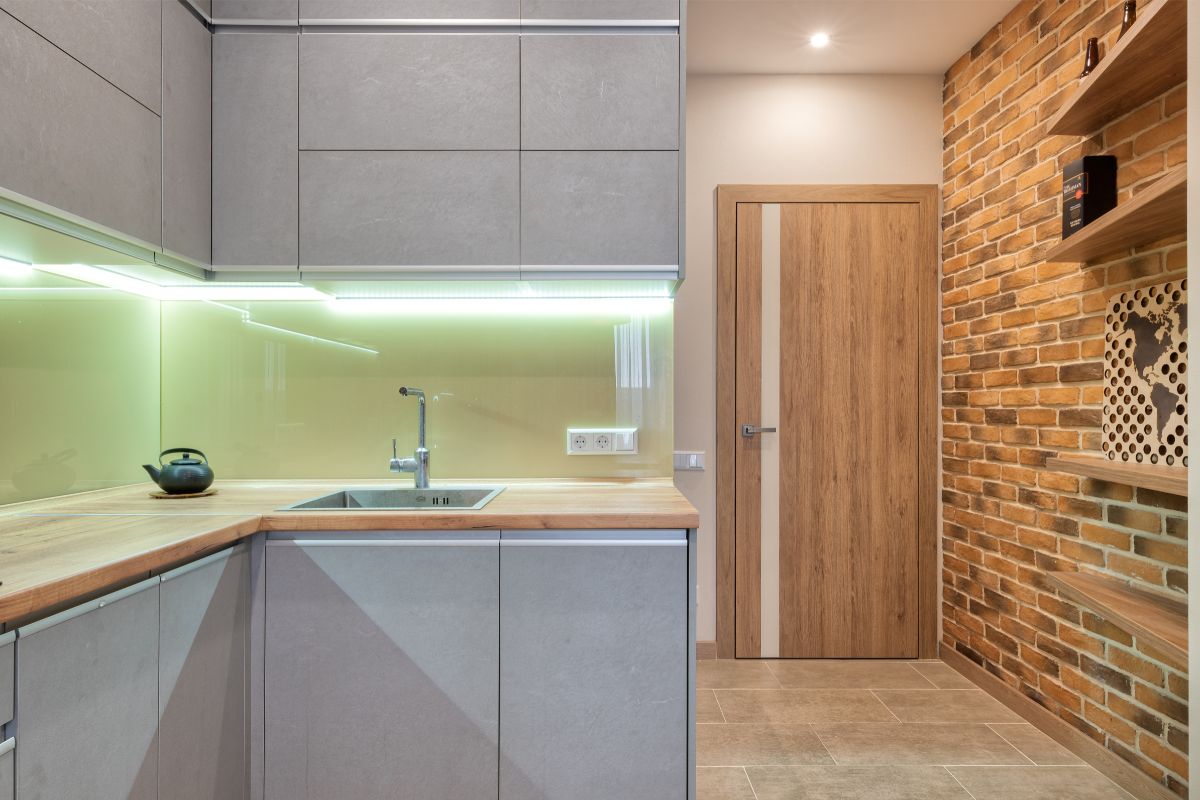If you’re looking to zhuzh up your outdoor space with some landscape lighting, installing a low voltage lighting system is 100% the best way to go about it.

Whether you’re looking for some guide lighting along a path, some ambient lighting around your patio, or some accent lighting to show off your prize plants, a low voltage lighting system has you covered.
These systems are energy-efficient, flexible, perfectly safe, and super easy to install, especially when you have me to guide you through the process. Let’s get cracking!
Step 1 — Installing An Outdoor Outlet
Okay, so cards on the table, this is the only bit that isn’t “super easy to install”. If you already have an outdoor outlet, fantastic, you can skip ahead to step 2, but if you don’t, I can’t recommend installing one yourself.
For the safety of everyone who frequents your yard, it’s a much better idea to have a professional electrician come to your house and install the outdoor outlet for you.
Step 2 — Map Out Your Lighting Network
Before you purchase the wires to link up your landscape lighting network, you first need to know what kind of wires you’ll need and how long these wires should be, and to figure that out, you need to start sketching your lighting plan.
Think about the effects you’re looking to create and which fixtures will be capable of delivering your vision.
Low voltage spots are great for silhouetting or highlighting, while stake lights are perfect for illuminating walkways, and floods are ideal for washing large feature areas in light.
You should also consider how you’ll be running the wires of your lights, but more on that later.
Remember to take some accurate real-life measurements in your yard and then note them on your landscape lighting map.
Step 3 — Hide Your Outlet
Had an outdoor outlet installed? Amazing, now hide it.
The component that’s going to make your whole landscape lighting network possible is called a transformer (not the cool shape-shifting robots), and these things ain’t pretty to look at, so if I were you, I’d hide it behind a plant pot or something.
Some transformers need to be mounted on the wall for extra security, and these can look particularly unsightly, so some strategically positioned cover is a wise move. After all, we’re trying to beautify your yard, not uglify it!
Step 4 — Choosing A Transformer
These ugly so-and-sos aren’t all made equal, so unfortunately you can’t buy any old one and expect your plan to go smoothly.
That said, generally speaking, they all do the same job, which is to convert the high voltage output of your outdoor outlet to the much lower voltage required by your landscape fixtures.
The first step to picking the perfect transformer for your needs is to figure out what those needs are.
To do so, you’ll add up the wattages of all the fixtures you intend to install, then, once you know your overall energy requirements, simply look for a transformer that can shoulder the burden and then some.
But your consumer conundrum isn’t over just yet, for transformers often have some special features to choose from, a popular one being a timer so that you can set your lights to turn on and off to a schedule.
Alternatively, you could pick one up with a light sensor that automatically switches on in low light conditions, which is pretty cool, if you ask me.
But bear in mind that some of these transformers will register passing shade as darkness and switch your lights on in the daytime.
Step 5 — Cable Management
Now’s the time to get serious about how you’re going to link your landscape lights to the transformer. You have a few choices here:
- Single straight run: The most rudimentary approach to wiring your lights would be to run a single wire from the transformer to each light in sequence. It’s simple and effective but only really suitable if you have a small number of fixtures to power.
- Circuit run: You can also connect your lights by forming a circuit that begins and terminates at the transformer. This cuts down the required wire length and reduces voltage drops in the most far-flung fixtures.
- Multiple straight runs: If you have lots of lights, you could lay multiple straight runs, which will also cut down on the dimming of distant fixtures but requires a lot of wire.
Step 6 — Purchase Suitable Wire
You should by now have a clear idea of how much wire you need, but you may not be all that sure what gauge wire is best.

The most common gauges of low voltage wire are 12, 14, and 16, with 12 being the thickest of the three, and 16 being the thinnest of the three.
The thicker a wire is, the higher voltage it can handle, so if you’ve bought a transformer with some serious muscle, and you plan on using it to power a wealth of different landscape lights, you’ll need the 12, or 14 at the very least.
Conversely, if you have quite a modest transformer and only plan on powering a smattering of landscape lights, 16 should be fine.
Your transformer should arrive with a recommended wire gauge either on the enclosure or in the user manual. If it doesn’t, it might be worth reaching out to the manufacturer for an answer.
Step 7 — Purchasing & Installing Your Lights
This one’s fairly self-explanatory. Purchase your lights, and set them up ready for wiring.
Step 8 — Wire Your Lighting
Wiring can be intimidating, but in this case, it’s real easy, so don’t stress. Most low voltage landscape fixtures arrive with quick connectors, which makes the process a real walk in the park.
Wire the fixtures in accordance with your cable management plan, connect them to your transformer’s terminal screws, then dig a 3” trench along their path to bury the wires in.
Step 9 — Plug In Your Transformer
All you need to do now is plug your transformer into your outdoor outlet, unless, that is, it’s such a beefy unit that you have to mount it on your wall, in which case, you’ll do this first.
Final Thoughts
If everything has gone to plan, as soon as you plug in your transformer, all the landscape lights in your array should come to life, transforming your outdoor space into a twinkly fairy grotto.
Should any remain dim, unplug your transformer and check every connection. You’re bound to find a weak link somewhere, and once corrected, everything should work as intended.



